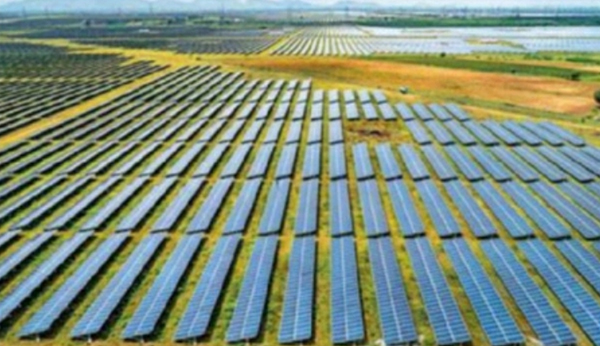This article originally appeared in TOI+.

From reforming discoms to recruiting skilled energy managers, the list of reforms is formidable.
On the first day of the Glasgow climate conference – COP26 – the biggest announcement came from India. Ending speculations on whether India ‘will’ or ‘can’ make a net-zero pledge, Prime Minister Narendra Modi announced that the country will reach net-zero emissions by 2070. He also announced four major nearer-term targets exhibiting India’s will and ambition on climate action.
The targets, all of which are to be met by 2030, include an installed renewable energy capacity of 500 GW (up from 450 GW target); meeting 50% of the electricity requirement through renewable sources; reducing total projected cumulative carbon emissions by 1 billion tonnes between 2020 and 2030; and reducing the carbon intensity of GDP by 45% from 2005 levels (up from the 33-35% target).
So how ambitious are these new targets?
India’s renewable energy targets mean that coal power will peak before 2030, when about 70% of India’s electricity installations will be renewable-based, battery and smart grid will dominate the market. This would be one of the most rapid decarbonisations of electricity sector anywhere in the world.
India’s net-zero target is equally ambitious, but few more details are required to understand what it means. There is confusion on whether the target is for all greenhouse gases (GHGs) or only for carbon dioxide (CO 2). If it is for all GHGs, then India’s target is compliant with 1.5°C warming. If it is only for CO 2, it is 2.0°C compliant. However, even if only for CO 2, it is still a strong signal to decarbonise the economy. As zero-carbon technologies become more accessible, India will update this target to attract massive global investments.
What domestic reforms do they demand?
In nutshell, these announcements have put India in a leadership role on climate mitigation action. The question now is, what are some of the major steps that must be taken domestically to steer the course of action in the coming years? There are three ‘make or break’ factors for realising India’s ambitious targets.
In fact, while energy transition has been a hot topic on the policy and business front, just transition has not got the due attention. However, as coal power will peak before 2030, it is time for India to start policy deliberations, develop plans for, and consider investing in it. And this is why it is crucial.
Could renewables mean unequal development?
India’s energy geography will change because of massive investments in renewables. Today’s coal-producing states will not be renewable superpowers. The renewable energy will be generated in western and southern states.
Therefore, as the share of non-fossil fuel energy grows, the coal regions can spiral into a poverty trap, which many of the districts here are already saddled with. There can also be huge social instability triggered by job losses and uncertainty of income opportunities. An estimated 20 million plus workers will be impacted countrywide by the transition.
In fact, the disproportionately high number of informal workers in our key economic sectors such as coal mining, transportation, steel, cement etc adds to the challenge. But all this can be avoided through a well-planned and well-managed just transition over the next decades.
Planning a ‘just’ energy transition will be a smart move by the government to further a development agenda that benefits all. We have the next 30 years to complete the transition, but the process must start now.